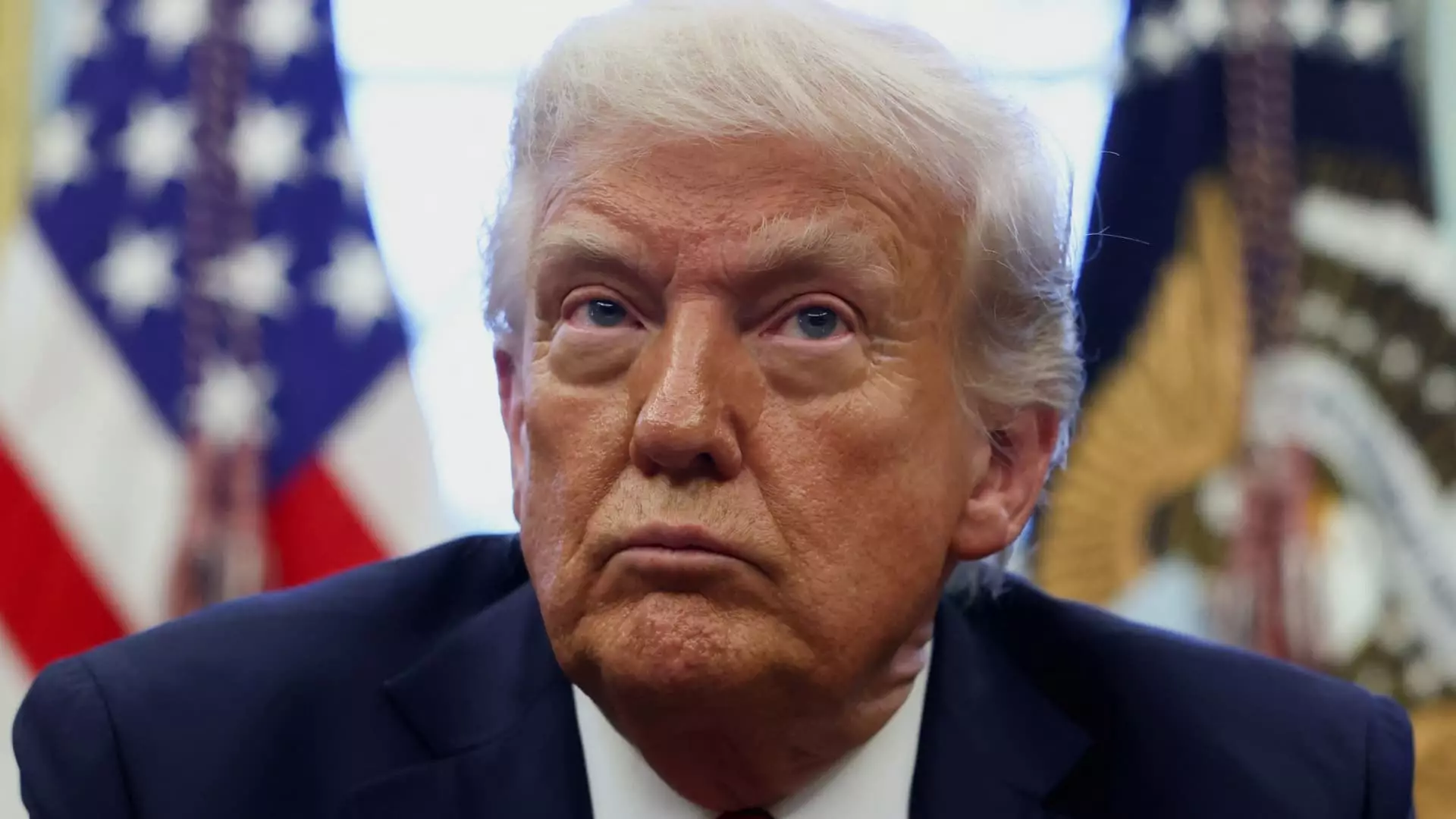In a disconcerting move, President Donald Trump has signaled a transformative shift in how federal workers are classified, a change that could put the livelihoods of tens of thousands at risk. By declaring that career government employees involved in policy will now be designated as “schedule policy/career,” Trump aims to create a federal workforce that operates under the capitalist ethos he champions. This strategy, seemingly focused on efficiency, presents a troubling reality — a federal government that operates like a business, prioritizing profit over public service.
The implications of this new classification are staggering. What Trump paints as a necessary overhaul is, in truth, a veiled attempt to strip federal workers of their essential job protections. By designating them as “at-will” employees, he opens the floodgates for mass layoffs. The wide net cast over the term “policy” suggests that a significant portion of the 2.3 million federal workforce could suddenly find themselves without the protections that have long safeguarded their positions. This move is more than just a shift in titles; it raises questions about the integrity and functionality of a government now run with corporate principles.
Historical Context and Consequences
Before rushing headlong into this revisionist employment strategy, one must consider the historical impact of similar past actions. The infamous Schedule F, introduced at the tail end of Trump’s first term, attempted to undermine civil service job security for many, and was only rescinded by President Biden upon his inauguration. Estimates indicated that as many as 50,000 federal employees could face termination then, and the current attempt escalates that risk exponentially. Experts like Don Moynihan from the University of Michigan caution that if this measure is enacted, the number of vulnerable workers could multiply significantly, leading to chaos within federal agencies.
Furthermore, Trump’s administration lacks a solid track record in managing government efficiency claims. Claims of “bloated” federal employment ring hollow when supported by evidence that suggests systemic cuts have already led to over 260,000 federal workers being fired, taking early retirements, or forced out through buyouts. If efficiency was the goal, then we must ask, at what cost are these changes being made? Mere rhetoric does not justify abandoning the principles of stability and meritocracy that are foundational to a bureaucratic system intended to serve the public interest.
Union Backlash and the Consequences for Governance
The backlash from unions representing government workers is mounting. Everett Kelley, president of the American Federation of Government Employees, has vehemently criticized Trump’s actions, arguing that politicizing the roles of career employees erodes the elongated, rigorous merit-based hiring process that has defined federal employment. This sentiment is echoed by many who believe that the professionalism inherent within civil service jobs is crucial for public trust.
In essence, this shift is not merely about employment classifications but reflects a broader ideological battle over the role of government and public service in American life. By attempting to implement this drastic change in the face of opposition, Trump betrays a fundamental misunderstanding of governance, prioritizing a corporate model that disregards the principles of accountability and citizen service. The erosion of protections for federal workers threatens not only the jobs of many but also the stability of the government itself, leaving it vulnerable to the whims of political affiliations rather than the obligations owed to the public.



Leave a Reply